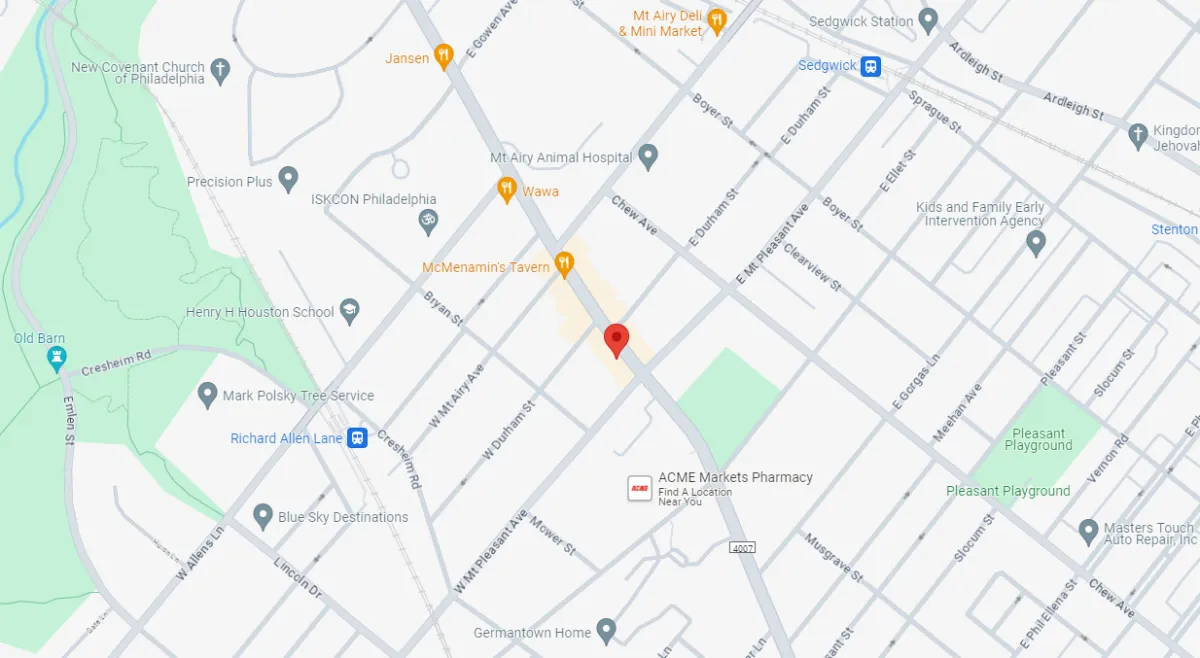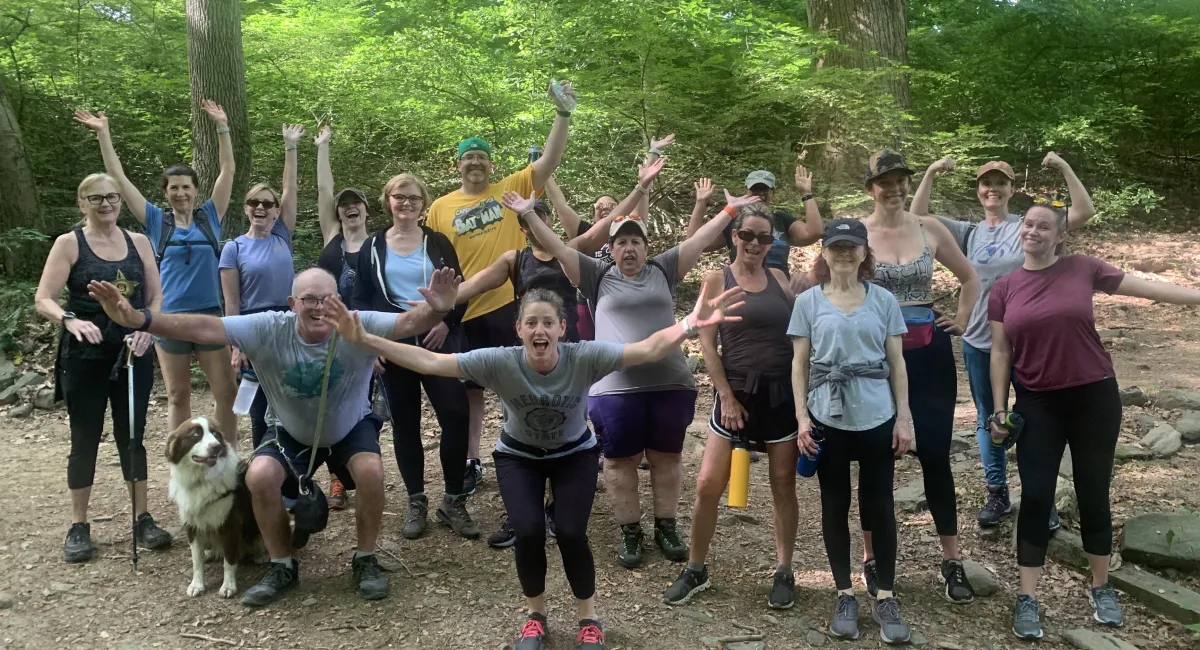
BUSY PEOPLE OF Philadelphia
Looking to start strong in fitness?
RECLAIM Your Life,
ACHIEVE Your Goals,
In An AMAZING COMMUNITY,
Supporting You Every Step Of The Way!

Expert Coaches Leading
You Every Step Of The Way
Wellness Coaching To Help You
Achieve Your Best Results

Strength Training Focused To Make Sure Results Last Forever
Do You Ever Feel Like You Are...
Constantly moving, but falling behind?
Putting everyone else's needs before your own?
Getting overwhelmed by everything around you?
Want to put your health first but don't know where to start?
Ready for something better?
COMMUNITY FOCUSED
WE ARE MORE THAN JUST A WORKOUT FACILITY
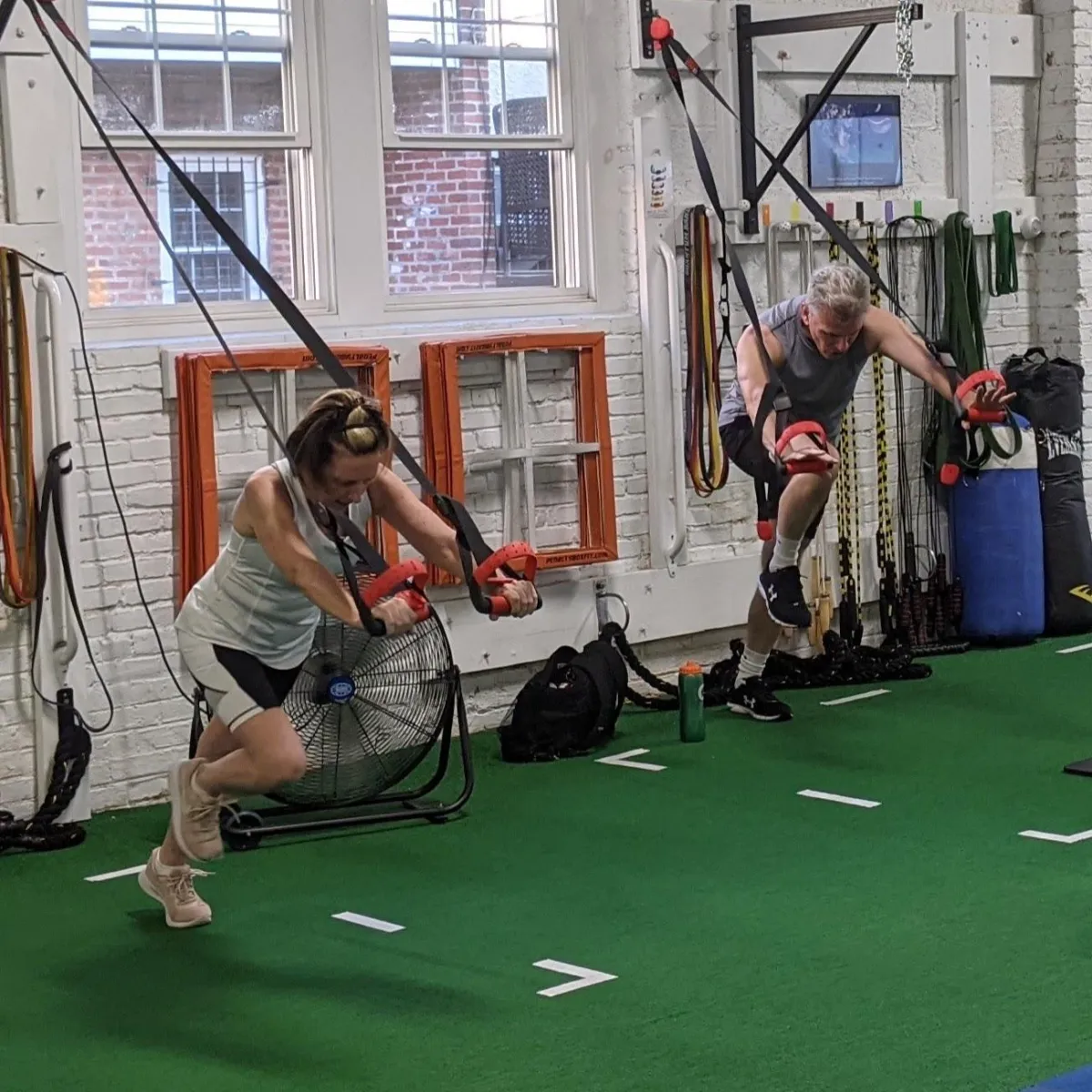
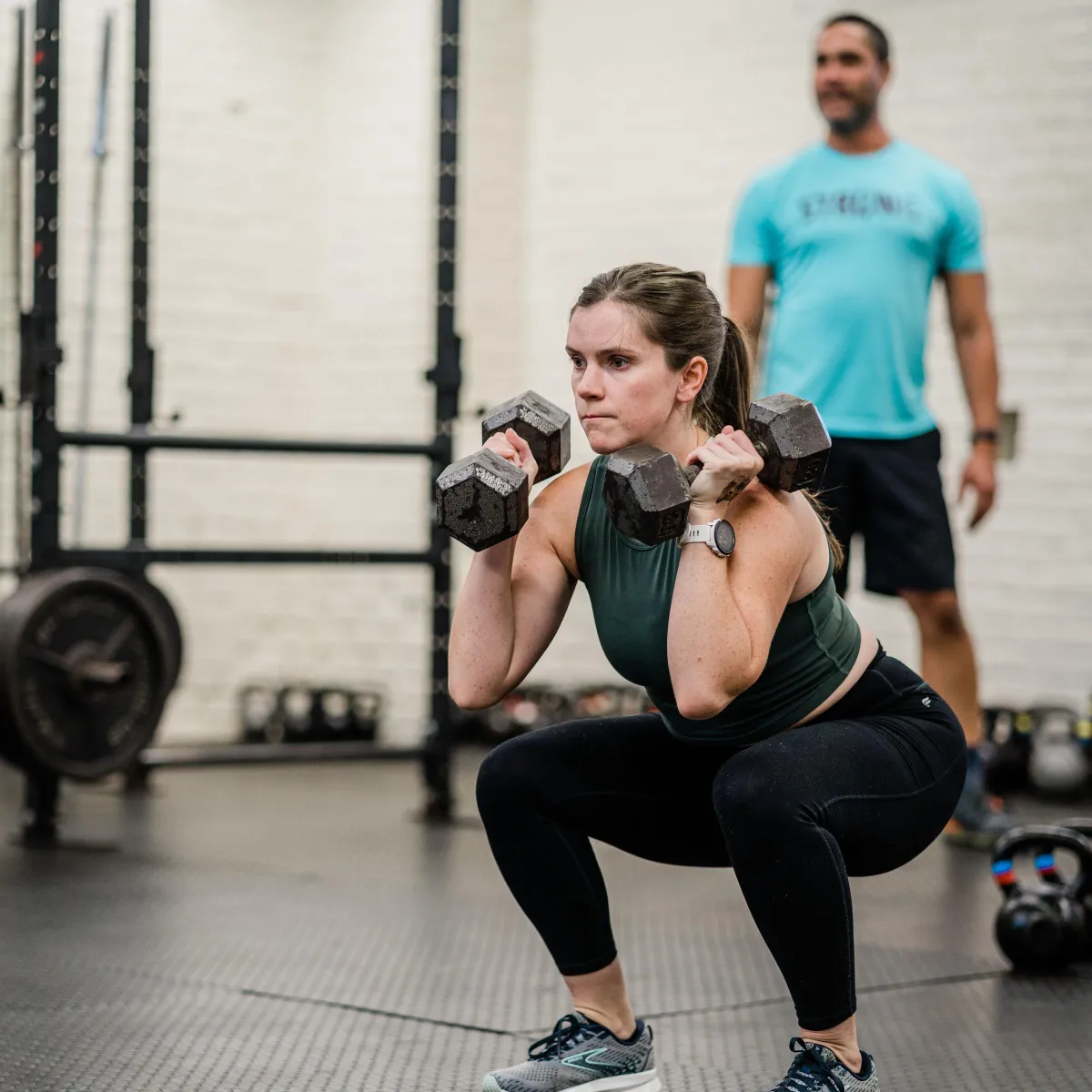
At Urban Athlete in Mt. Airy, Philadelphia, PA, we proudly redefine the fitness experience by fostering a sense of community that transcends the conventional gym setting.
Here, our members often affirm that Urban Athlete is not just a place to work out; it's a vibrant community that nurtures connections and cultivates lasting friendships. We understand that achieving fitness goals is not just about lifting weights or running in the Wissahickon; it's about the shared journey with like-minded individuals who inspire and support one another.
Our unique approach to fitness revolves around building relationships—whether it's through group classes, personal training, or community events, we provide the platform for our members to connect and forge bonds beyond the gym floor. Urban Athlete isn't merely a space to experience a thoughtful exercise program; it's a community where encouragement, motivation, and camaraderie thrive.
Join us, not just for some of the best workouts, but for the friendships that make every fitness journey extraordinary. Become a part of Urban Athlete and experience a fitness community that goes beyond expectations, enriching both your physical health and your social well-being.
ACCOUNTABILITY DRIVEN
WE AREN'T JUST FITNESS, WE ARE CHANGE MAKERS
"It's Been Really Great For Me To Take That Hour For Myself And Do A Workout."
"There's A Really Great Socialization Here. You Definitely Build A Community."
"When I Found Urban Athlete, I Got Into My Routine And I Absolutely Love It."
FITNESS & NUTRITION PROGRAMS DESIGNED
WITH YOUR GOALS AND ABILITY LEVEL IN MIND
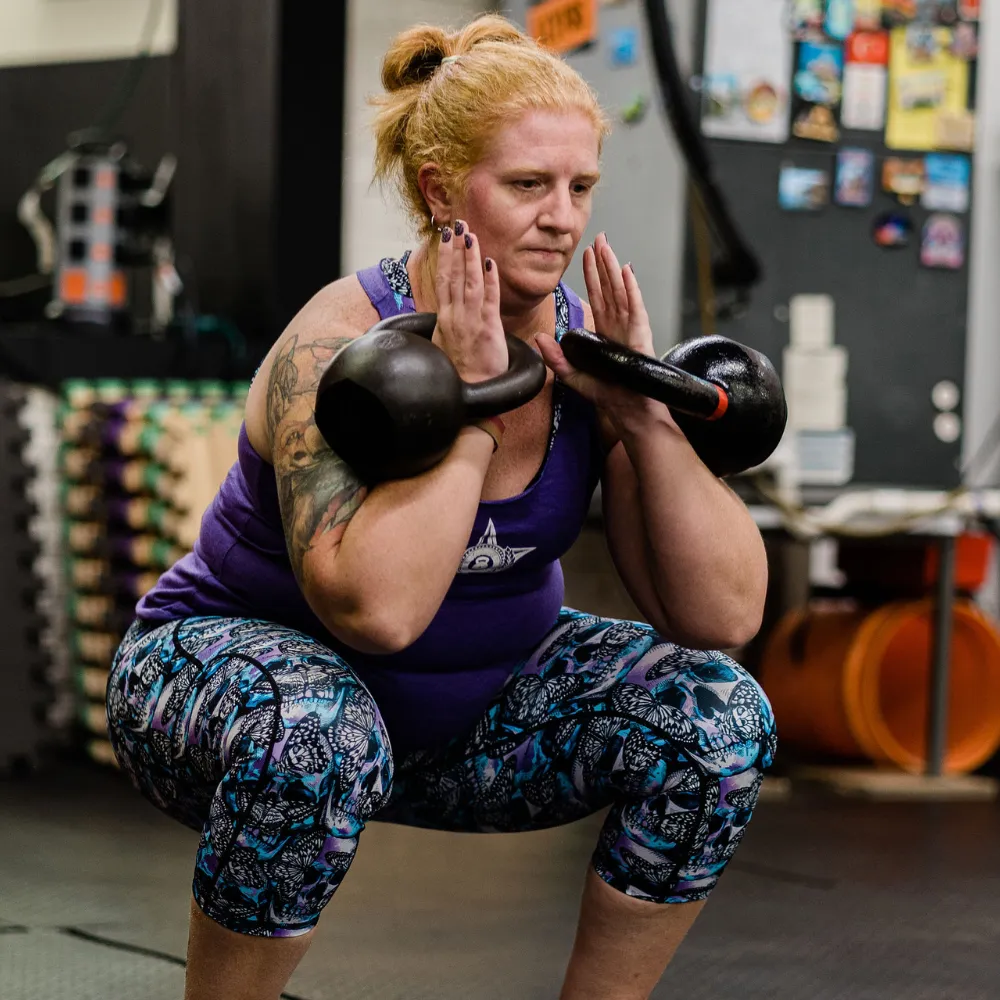
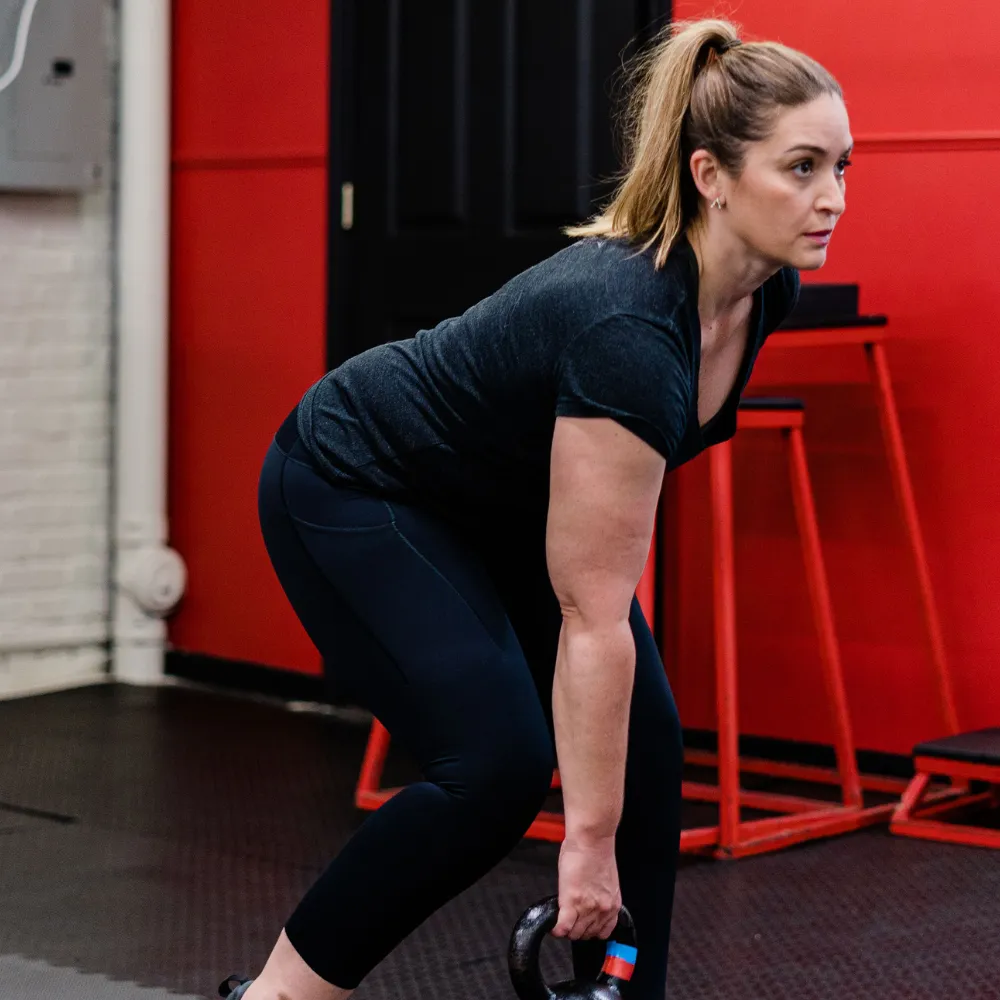
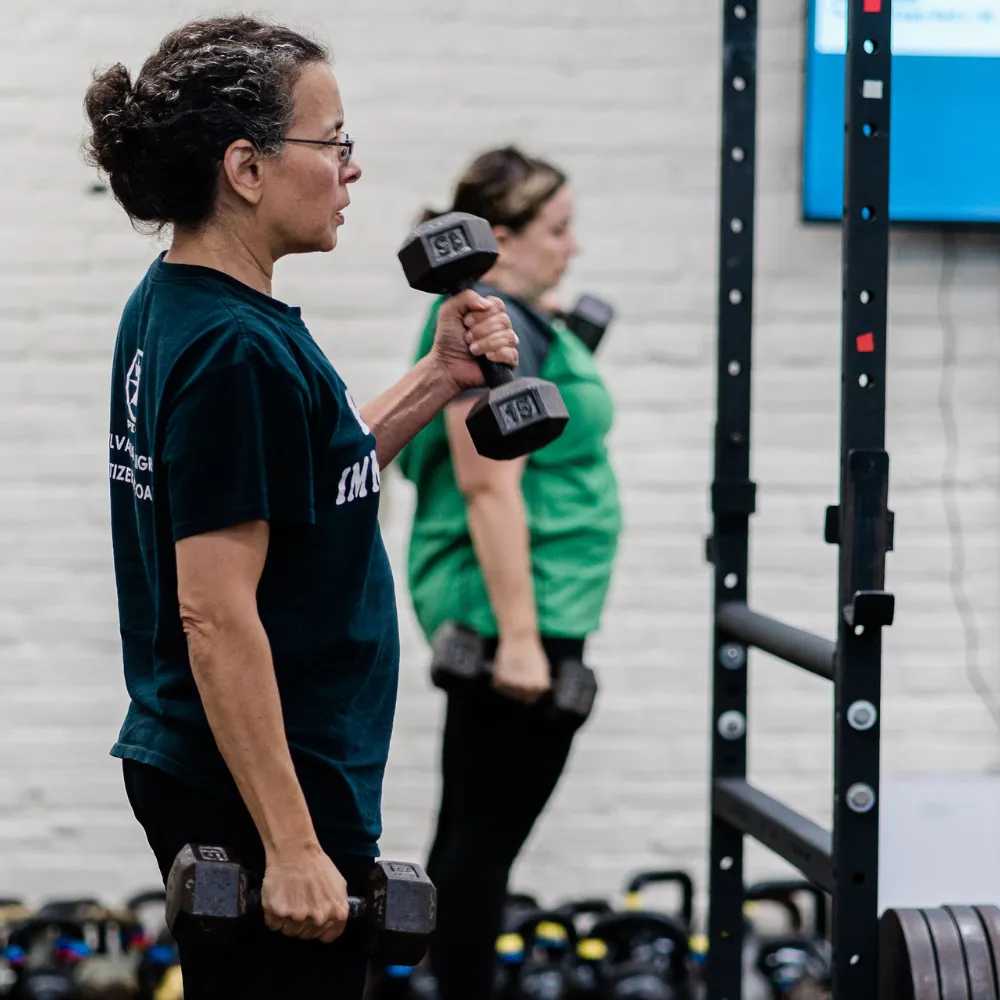
START YOUR JOURNEY WITH URBAN ATHLETE
IN 3 EASY STEPS

LET'S CHAT
SCHEDULE A DISCOVERY CALL
This call serves as a warm welcome, offering a quick opportunity for us to get to know each other better. We'll discuss your goals and explore how our programs can assist you on your journey.

COME IN FOR
FREE SUCCESS SESSION
In your success session with a personal coach you'll create a simple plan for your specific goals. The coach will show you how we guide you, hold you accountable, and how we take all the guess work out of your fitness journey.

START TRAINING
GET RESULTS
Get excited for your first session. Just show up to your scheduled workout time and our coaches got you from there! Keep showing up over time and the results will start happening!
START YOUR JOURNEY WITH URBAN ATHLETE
IN 3 EASY STEPS

LET'S CHAT
SCHEDULE A DISCOVERY CALL
This call serves as a warm welcome, offering a quick opportunity for us to get to know each other better. We'll discuss your goals and explore how our programs can assist you on your journey.

COME IN FOR
FREE SUCCESS SESSION
In your success session with a personal coach you'll create a simple plan for your specific goals. The coach will show you how we guide you, hold you accountable, and how we take all the guess work out of your fitness journey.

START TRAINING
GET RESULTS
Get excited for your first session. Just show up to your scheduled workout time and our coaches got you from there! Keep showing up over time and the results will start happening!
GET RESULTS
HELPING MEMBERS ACHIEVE THEIR GOALS IS WHAT WE DO
The team at Urban Athlete have made working out a positive experience that I now look forward to each week. With a combination of a tailored plan and daily classes, I get a mix of both social support as well as a plan that fits my specific goals. The variety of exercises and types of workouts means I look forward to showing up and I always leave feeling like I did my best which means I have a lot more confidence in my daily life. If you are someone looking for the right place, this is it!
Francis
This is an excellent gym and community, and I'd recommend it to anyone. I've worked out my whole life, at all kinds of fitness facilities, and Urban Athlete is the best of all worlds -- knowledgeable staff, tough workouts for any fitness level, and flexible membership plans. The owners and staff care about your health and strength, and they'll be there to support you and challenge you, whatever your fitness goals.
liz
Exercise is one thing you can do for yourself that will improve your physical and mental health. Urban Athlete (UA) is unique gym because it brings people of all fitness levels together to help them meet their goals to be fitter, age and live longer, and excel performance-wise or recover from injury. Last year I had my hip replaced and was working out a month later since I had been training with UA. Fitness aside, this is a welcoming place for everyone. You owe it to yourself to commit to a 45-minute WOD (workout of the day) to be the best version of yourself!
mara
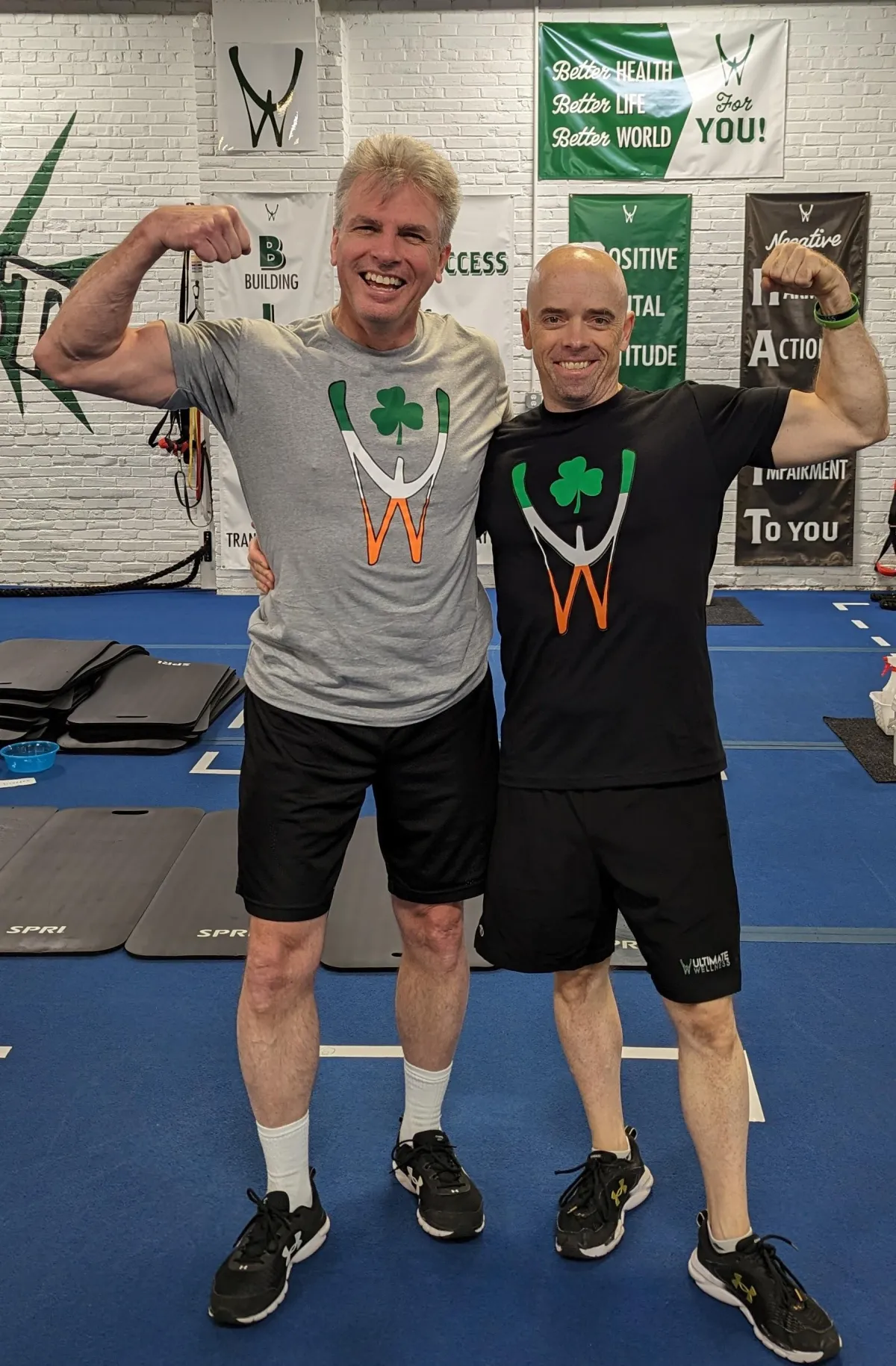
About Our Fitness & Nutrition Coaching Program:
Customized programs to help you reach your goals
Tailored workout based on your skill level
Habit-based nutrition coaching
Personal training and semi-private options available
Expert coaches guiding you every step of the way

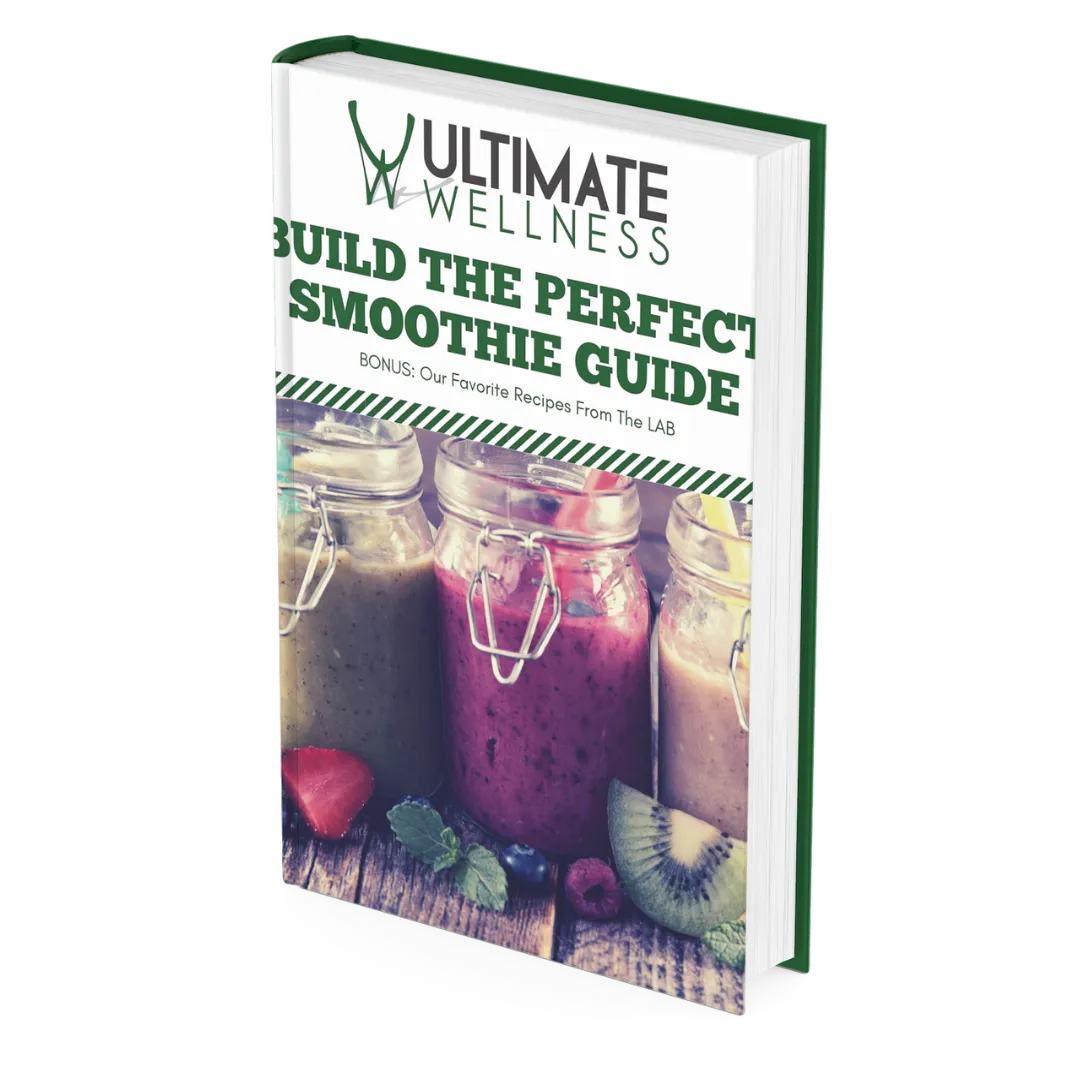
FREE SMOOTHIE GUIDE!!
Tired of the boring same old smoothies?
The guide will show you how build amazing smoothies with our step by step Perfect Smoothie Formula!
BONUS: We include our favorite recipes from the LAB!!

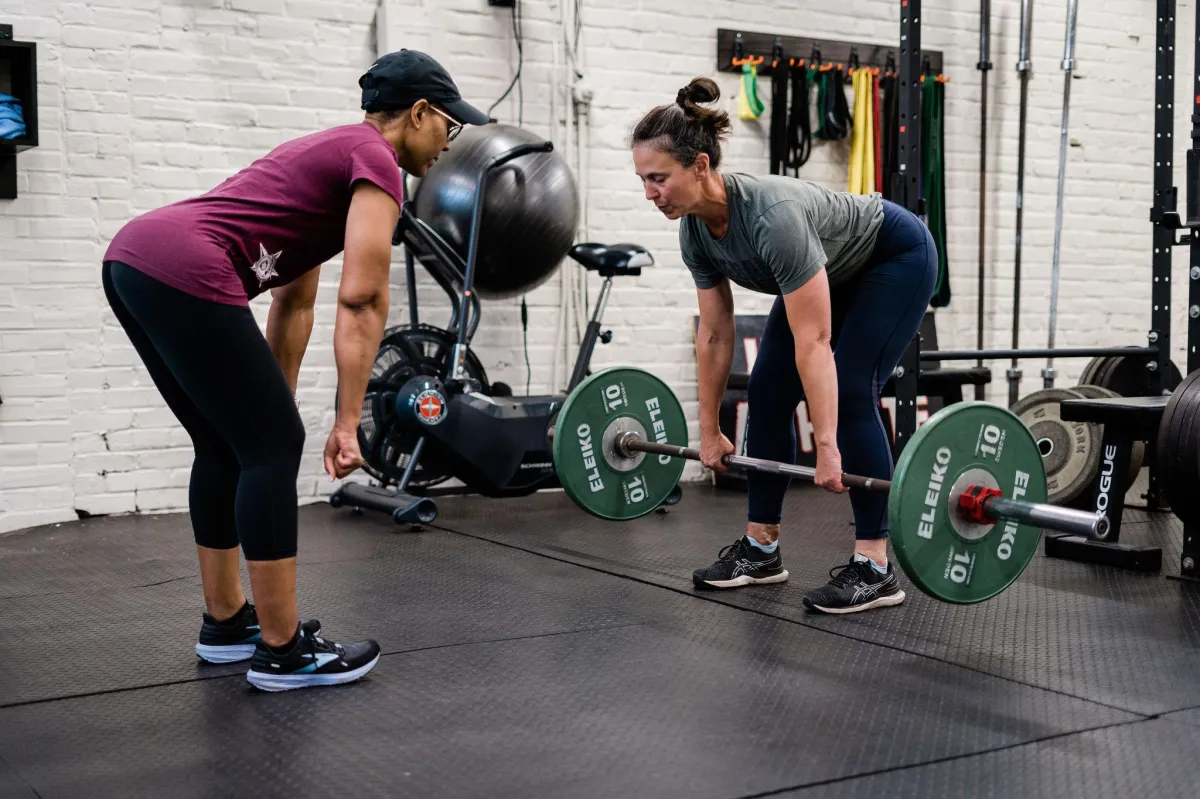
Ready To Jumpstart Your Journey Today?
Click The Button Below To Learn More!
© 2024 Urban Athlete
|
|
© 2024 Urban Athlete


